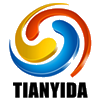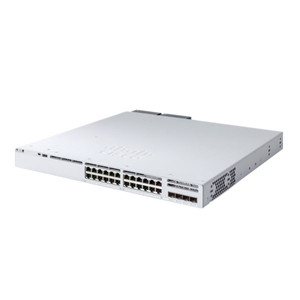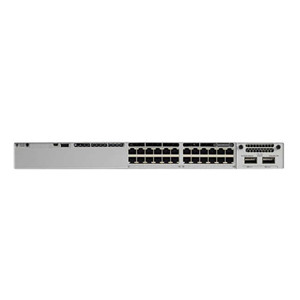What series of switches does cisco have? (Part 2)
 Nov 29,2019
Nov 29,2019

 Harmony
Harmony
2. Mid-range products
Looking at the mid-range products, the 3500 series is widely used and is very representative.
The basic features of C3500 series switches include backplane bandwidth up to 10Gbps and forwarding rate of 7.5Mpps. It supports 250 VLANs, IEEE 802.1Q and ISL Trunking, CGMP network / Gigabit Ethernet switch, optional redundant power supply, and so on. But the biggest features of the C3500 are management and gigabit.
In terms of management features, the C3500 implements Cisco's switching cluster technology, which can interconnect 16 C3500, C2900, and C1900 series switches and manage them through one IP address. The Cisco Visual Switch Manager (CVSM) software in the C3500 can also be used to easily set up and manage switches through a browser.
In terms of gigabit features, the C3500 fully supports gigabit interface cards (GBIC). At present, GBIC has three types of 1000BaseSx, suitable for multimode fiber, with a maximum distance of 550m; 1000BaseLX / LH, multimode / single-mode fiber, which can be used for a maximum distance of 10km; 1000BaseZX, which is suitable for single-mode fiber, with a maximum distance of 100km.
C3500 mainly has 4 models:
Catalyst 3508G XL: 8-port GBIC slot
Catalyst 3512 XL: 12-port 10 / 100M adaptive, 2-port GBIC slot
Catalyst 3524 XL: 24-port 10 / 100M auto-sensing, 2-port GBIC slot
Catalyst 3548 XL: 48-port 10 / 100M adaptive, 2-port GBIC slot
3.High-end products
Finally, introduce high-end products. For enterprise data networks, the C6000 series replaces the original C5000 series and is the most commonly used product.
Catalyst 6000 series switches provide high-performance, multi-layer switching solutions for campus networks. They are specially designed for application environments that require gigabit expansion, high availability, and multi-layer switching. They are mainly used for campus backbone connections.
The Catalyst 6000 series consists of two types of switches, the Catalyst 6000 and the Catalyst 6500. They both contain 6 or 9 slot models, which are respectively 6006, 6009, 6506, and 6509. Among them, 6509 is the most widely used. All models support the same super engine and the same interface module, protecting user investment. This series of features includes:
The port density is high. Supports up to 384 10 / 100BaseTx adaptive Ethernet ports, 192 100BaseFX fiber-optic Fast Ethernet ports, and 130 Gigabit Ethernet ports (GBIC slots).
High speed. The C6500's switching backplane can be extended to 256 Gbps, and the multilayer switching speed can be extended to 150 Mpps. The C6000's switching backplane has a bandwidth of 32 Gbps and a multilayer switching rate of 30 Mpps. Supports up to 8 Fast / Gigabit Ethernet ports connected using Ethernet channel technology (Fast EtherChannel, FEC or Gigabit EtherChannel, GEC), logically achieves a 16 Gbps port rate, and can also implement port aggregation across modules.
Multi-layer switching. The C6000 series of multilayer switch modules can perform wire-speed IP, IPX and and IP-multicast routing.
Good fault tolerance. The C6000 series has redundant super engines, redundant load-balanced power supplies, redundant fans, redundant system clocks, redundant uplinks, and redundant switching backplanes (only for the C6500 series) to achieve high system availability.
Rich software features. C6000 software supports a variety of protocols, including NetFlow, VLAN Trunking Protocol (VTP), VLAN Query Protocol (VQP), ISL Trunking, Hot Standby Router Protocol (HSRP), Port Security, TACACS, Cisco Group Management Protocol (CGMP), IGMP, etc. Wait.
This article briefly introduces Cisco switch products commonly used in current network integration projects.
 arron@cisco-supplier.com
arron@cisco-supplier.com +86 13599513131
+86 13599513131

 Home
Home Cisco 4000 Series Integrated Services Router
Cisco 4000 Series Integrated Services Router  You May Also Like
You May Also Like




 Tel
Tel
 Email
Email
 Address
Address


 +86 13599513131
+86 13599513131 arron@cisco-supplier.com
arron@cisco-supplier.com +86 13599513131
+86 13599513131 Rm18e, 27/F, Ho King Comm Ctr, 2-16 Fayuen ST, MongKok Kowloon, Hong Kong
Rm18e, 27/F, Ho King Comm Ctr, 2-16 Fayuen ST, MongKok Kowloon, Hong Kong



